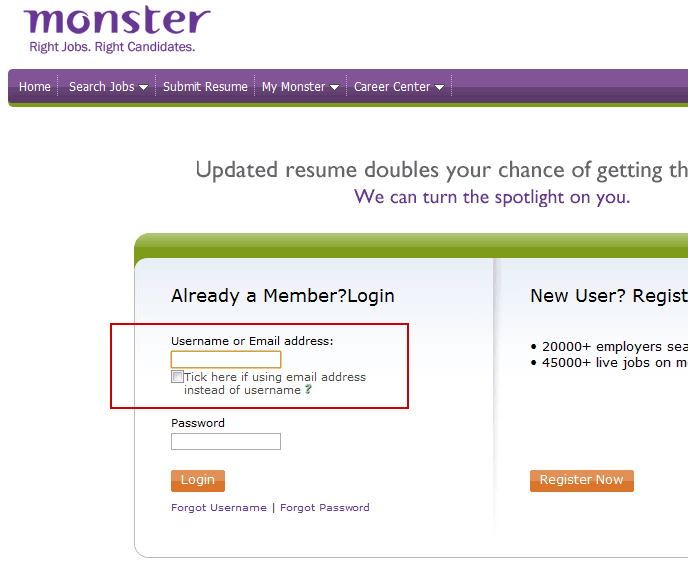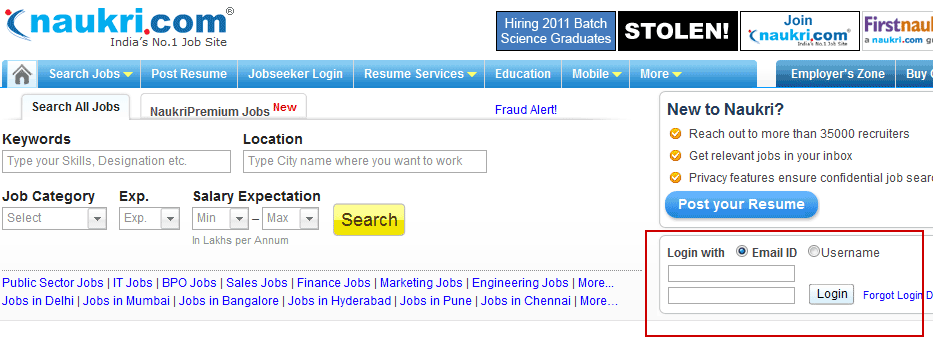While Groupon has redefined local business and is in news for its fastest billion dollar revenue + its $700 Mn IPO, from a long term perspective I think Foursquare is a far better bet than Groupon.
Some of the many criticisms of Groupon –
- Socially unconnected users
- Concerns on validity of Business Model, just 3 years and now a IPO
- Merchant side issues – 75% discount on products
- Not much metrics available for merchants, no user contact information
- Are new consumers acquired or are they deal seekers only
- No technology barrier, 100s of Groupon clones have hit across the Globe
- Though not many players are as large as Groupon, LivingSocial; Merchants have a choice
- Intensive feet on street business with huge sales force.
- Groupon Now – merchants are able to create own deals through Groupon
.
Take case of Foursquare – they could possibly over throw Groupon.
My contention is that any platform and service that can empower merchants to run business and acquire consumers (new/repeat) will be able to overthrow Groupon in long run. While Groupon clearly demonstrates that local deals work, Foursquare has the technology & product to take it to the next level and give a tough competition to Groupon where it hurts most – at supply side (Merchants or Local Business Owners).
The biggest ‘cry’ we hear against Groupon is merchants complaining – its only the existing customers who use Groupon coupons for deals, and new consumers are not acquired/retained.
On the other hand, Foursquare –
- As a product, consumers checkin at all locations and businesses (small, local & large)
- Foursquare need to move beyond check-ins for two reasons
> In sometime real consumers (not technology savvy early adopters) will not find value in badges & points.
> Foursquare will need to have a monetization model that works!
Foursquare has valuable insights about users for the merchants – people who have checked in. They just need to quickly enable self-serve platform for business owners with a global sales footprint.
.
Foursquare can just topple off Groupon and with its solution for merchants that covers every pain they have with Daily Deals services like Groupon, Living Social and 1000 others only for one reason – Business owners know who are new/repeat customers
- They can enable deals for individually and for specific type of customers
> Consumers who check-in for first time
> Repeat & Regular customers
> Consumers who have not checked-in since last 30 days - Decide what deal goes live when based on user interest, inventory available, and so on
More than that, they can –
- Decide how much discount they should offer. To whom.
- Take private feedbacks from customers on service
- Push deals to customers on special occasions like birthdays & more
- Pass on details about business Facebook & Twitter presence to customers – so that they can stay connected.
- Analytics – who checks in, cost of acquisition of new customers, competition overview in same location
And most importantly – Foursquare should give ability to businesses to generate coupons, pass on to consumers in vicinity or existing customers which users can redeem immediately.
.
In short – daily deals websites exploits local merchants. Foursquare can empower them!
The pitfall – Foursquare does not have a global sales footprint to enable this. Though technology savvy merchants back in US might adopt it, the business would scale when 1000s of merchants across the world are able to enable it. But again, thanks to the 8 Mn+ users – Foursquare already knows which businesses are popular and when they should start.
.
If I had a million dollars and choice to invest in Groupon or Foursquare – i would surely bet on Foursquare!
My Prediction – Groupon or some player who has intention to venture big in local deals space will eventually acquire Foursquare or a majority stake.


